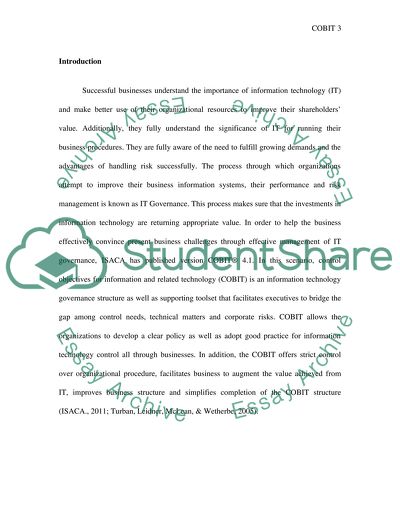Cite this document
(“COBIT Research Paper Example | Topics and Well Written Essays - 2500 words”, n.d.)
Retrieved from https://studentshare.org/information-technology/1393744-cobit
Retrieved from https://studentshare.org/information-technology/1393744-cobit
(COBIT Research Paper Example | Topics and Well Written Essays - 2500 Words)
https://studentshare.org/information-technology/1393744-cobit.
https://studentshare.org/information-technology/1393744-cobit.
“COBIT Research Paper Example | Topics and Well Written Essays - 2500 Words”, n.d. https://studentshare.org/information-technology/1393744-cobit.


